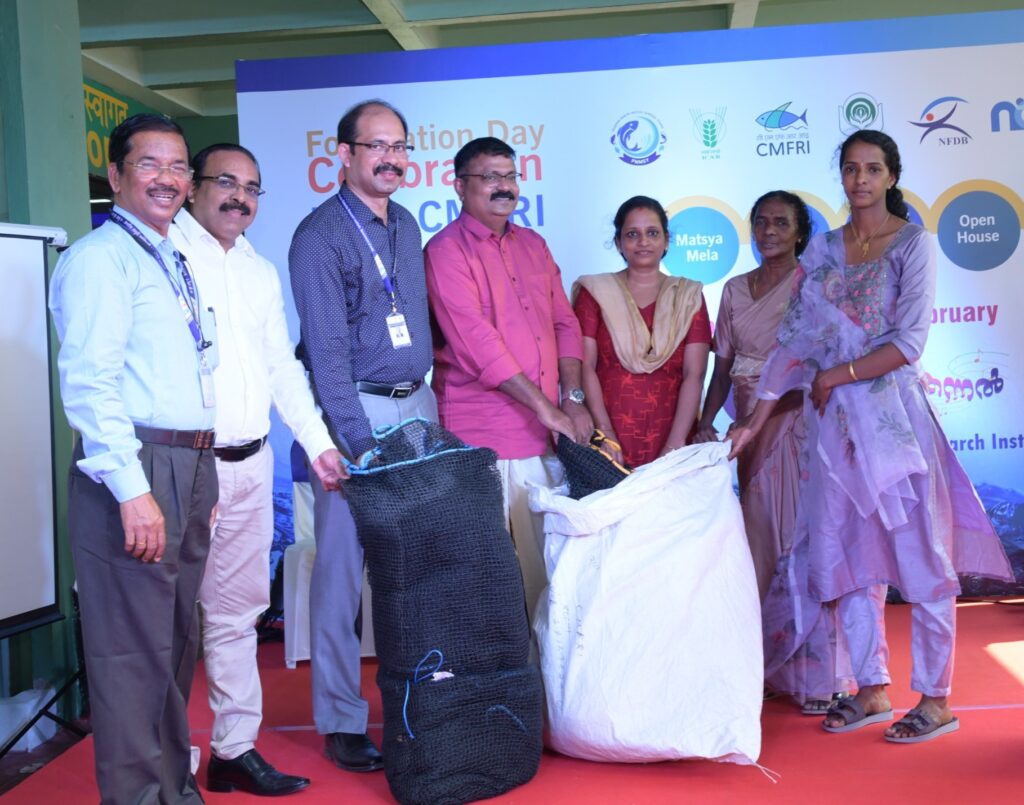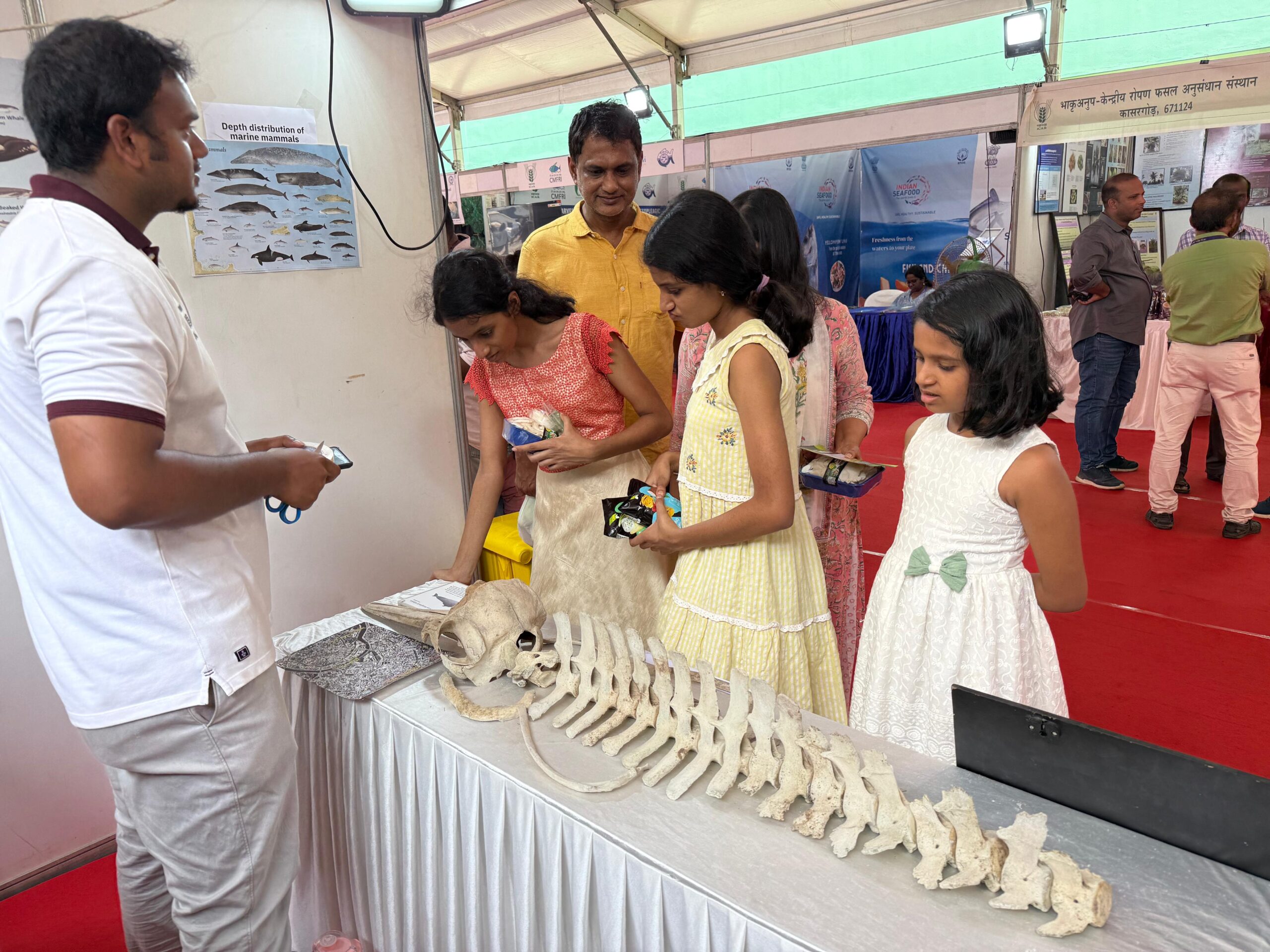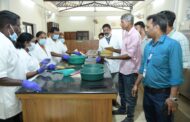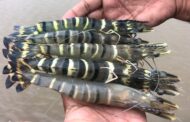India’s efforts to untapped deep-sea resources gain public attention at CMFRI Fish Fest
Kochi: India’s research and developmental efforts to unlock the potential of untapped deep-sea resources have attracted public attention at the ongoing Fish Fest (Matsya Mela) at the ICAR-Central Marine Fisheries Research Institute (CMFRI). Deep-sea fisheries, spanning depths of 200-2000 meters, have significant potential for commercial exploitation. Mesopelagic resources (200-1000 meters), including myctophids, are among the world’s most abundant yet largely unexploited fish resources.
With the increasing demand for marine fish due to their nutritional value and industrial applications, a collaborative research effort is in progress under the leadership of CMFRI to explore these resources to ensure sustainability.
The Central Institute of Fisheries Technology (CIFT), boat owners, fishers and industry players are also part of the project that aims to assess the feasibility, challenges and prospects of harnessing mesopelagic resources. These mesopelagic fishes, rich in fatty acids and lipids, present significant potential for industrial, pharmaceutical, and nutraceutical applications.
Budget focus on deep-sea resources
This initiative has gained greater momentum as the Union Finance Minister Nirmala Sitharamanmentioned in the Union Budget on Saturday about the Central Government’s effort to bring an enabling framework for harvest of marine resources in the deep-sea region.
These mesopelagic resources contain high levels of wax esters, making them unsuitable for direct human consumption. However, experts believe they are the best alternative for fish meal production, reducing pressure on commercial varieties.
Sustainability
“A shift towards deep-sea and mesopelagic resources could significantly reduce pressure on traditional fish stocks, including Indian oil sardine”, said CMFRI Director Dr Grinson George. Emphasising the sustainability benefits, he said these deep-sea resources offer a potential solution to the growing demand for fish meal production while minimising the environmental impact on pelagic resources.
“India’s vast Exclusive Economic Zone (EEZ) presents immense opportunities for deep-sea fishing. Currently, Indian fisheries operate primarily within 200-meter depth zones, leaving deep-sea and mesopelagic resources largely untapped.
However, specialised vessels, technical expertise, and robust management strategies are essential to prevent overexploitation. By fostering research and collaboration among stakeholders, India can unlock the potential of its deep-sea fisheries while securing livelihoods, nutritional security, and industrial sustainability”, Dr George added.
The fest that concludes on Monday features technology exhibition, buyer-seller meet, seafood fest and a range of workshops. As part of the open house, a special exhibition on wonders of marine life will be held from 10 am to 3 pm on Monday. CMFRI’s museum, marine aquarium, and various laboratories, which offer ringside view of the deep sea will be kept open to the public.
Cage nets distributed to SHGs
Under the Scheduled Caste Sub-Plan of CMFRI, nets used in cage fish farming and pen culture and weighing machine were distributed to self-help groups belonging to the SC community.

Media Cell
CMFRI






